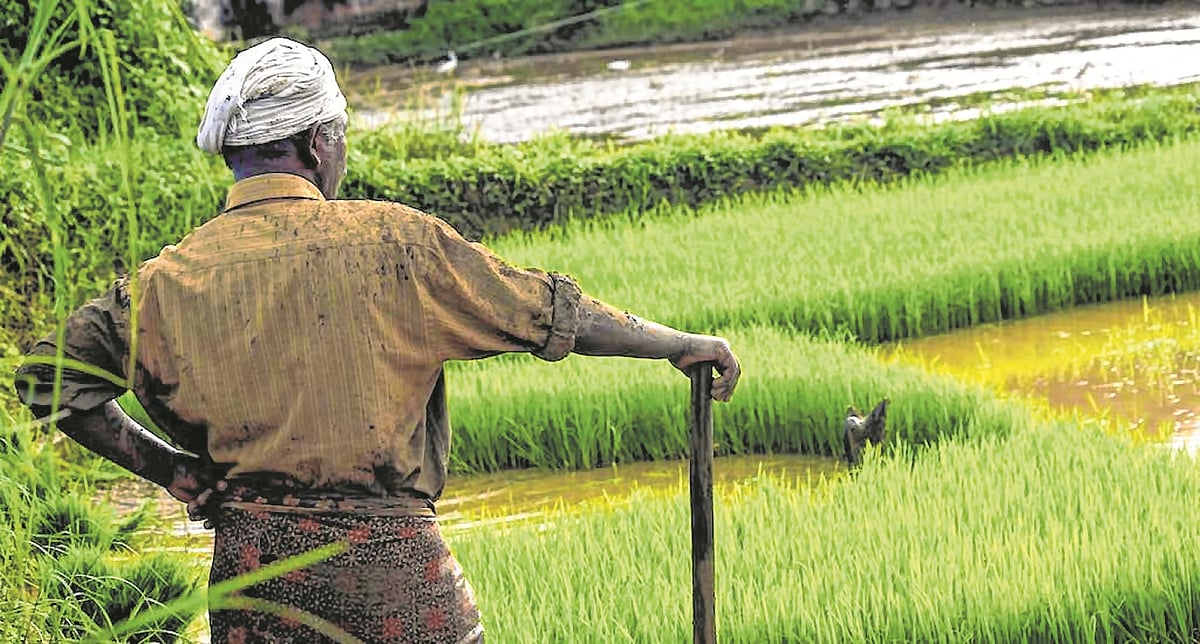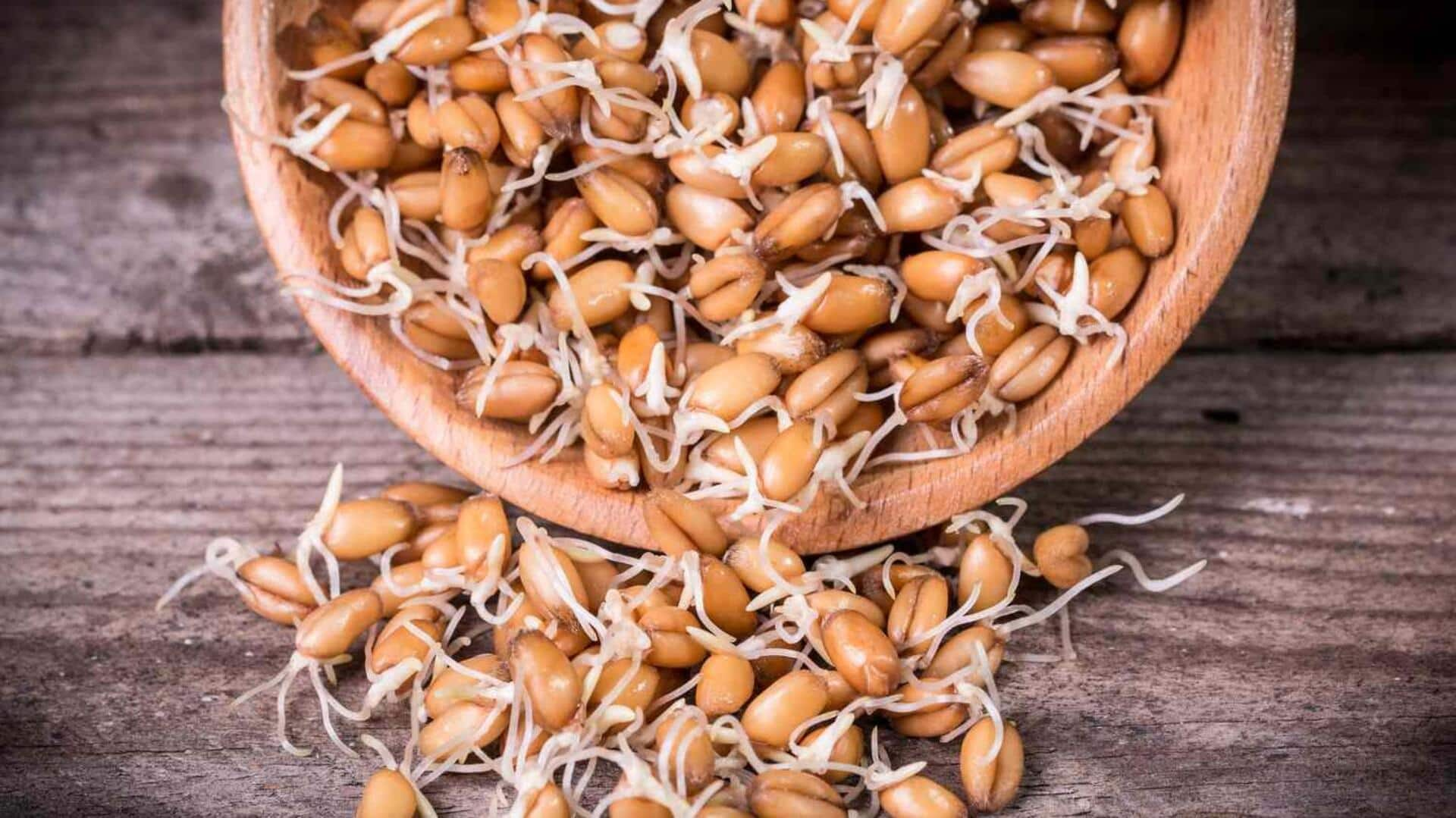The southwest monsoon 2025 commenced its withdrawal by mid-September. It is time to evaluate its performance and look at the harvest prospects of key crops.
The good news is, as forecast by the India Meteorological Department (IMD), the country has enjoyed above-normal rainfall. Between June 1 and September 27, the country received 922 mm of rainfall, which is 8 per cent above normal. While east and northeast India—mainly Bihar and Assam—suffered a 19 per cent rainfall deficiency, the northwest parts (mainly Punjab and Rajasthan) had a 28 per cent surplus. Central India saw 13 per cent above normal rainfall, and the southern peninsula experienced 11 per cent surplus rainfall.
While the total quantum of rainfall during the season is important, the temporal and spatial distribution is critical for agriculture. From this perspective, August and September witnessed excessive precipitation in some parts of the country, including Punjab, Maharashtra, Karnataka, and Rajasthan. This has reportedly inflicted crop damage.
Although reports of adverse impacts on paddy and pulse crops are already in the public domain, the assessment of the extent of damage is still ongoing. Anecdotal reports suggest that, in addition to crop losses, excessive rains have also impacted crop quality.
Here’s an assessment of the likely harvest size of key Kharif crops. Forecast production numbers are presented in ranges, with planted area data as of September 26.
**RICE**
The government set the season’s production target for rice at 123 million metric tonnes (MMT). The normal planted area (5-year average) is 40.3 million hectares (ml ha). This season, the planted area as of September 26 was 44.2 ml ha, slightly higher than last year’s 43.6 ml ha. The rice crop is estimated at 123 to 125 MMT, up from 121.8 MMT in 2024.
Rice stocks in the country are far above the buffer norm, and export restrictions have been lifted.
**MAIZE**
The production target for maize this season is 26 MMT. Planted area expanded markedly to 9.5 ml ha, up from 8.8 ml ha last year, driven by increased demand for ethanol production to meet the government’s biofuel blending programme.
Maize harvest size is expected to be between 26 and 27 MMT, higher than the 24.8 MMT of the last Kharif season.
**PULSES**
This protein-rich legume has faced challenges this season. The production target was reduced from 9.5 MMT in 2024 to 8.0 MMT for 2025, while the planted area declined by one million hectares to 12.0 ml ha (5-year average is 13 ml ha). Growers shifted towards more remunerative crops like maize due to poor returns from pulses.
Despite satisfactory initial rains, excessive rainfall in August in pockets of Maharashtra and Karnataka damaged crops. Pulse production is set to decline to between 6.7 and 7.0 MMT, well below even the reduced target.
To augment availability and rein in prices, imports of pigeon pea (tur/arhar) and black matpe (urad) have been allowed free until March 2026.
**OILSEEDS**
Key Kharif oilseeds include soybean and groundnut, along with smaller quantities of sesamum, niger seed, sunflower seed, and castor seed.
– *Soybean*: The planted area decreased by one million hectares to 12 ml ha. However, satisfactory rainfall over the soy belt in Madhya Pradesh, Vidharba in Maharashtra, and parts of Rajasthan is expected to support yields. The soybean harvest size is projected to be between 12.0 and 12.5 MMT, falling well short of the 16.2 MMT target.
It is widely recognized that the government’s 2024 production estimate of 15.2 MMT was overstated by 15 to 20%, so effectively there is no significant change in soybean production this year.
– *Groundnut*: Gujarat, the groundnut bowl of India, received excellent rainfall, which is expected to improve yields. The overall groundnut crop size is likely to be in the 11 to 12 MMT range, higher than the production target of 10.5 MMT and the 10.4 MMT harvested last Kharif.
**COTTON**
This multipurpose crop (fibre, food, and feed) has been losing acreage for the last three years. This season, planted area is down to 11.0 ml ha, from 11.3 ml ha last year and a 5-year average of 12.9 ml ha.
Excessive rains in key cotton-growing areas—Maharashtra, Andhra Pradesh, Telangana, and Punjab—coupled with pest infestation, have resulted in crop loss.
The government reduced the production target from last year’s 35 million bales (170 kg each) to 33.5 million bales for this year. Nevertheless, the harvest size is expected to fall to 29.5–30.5 million bales, far short of even the reduced target. Last year, production was 30.7 million bales.
Crop quality is also likely to be compromised. India has become a net importer of raw cotton, with free imports allowed until December 31, 2025. For 2025–26, imports are forecast at 3.5 to 4.0 million bales.
**SUGARCANE**
The planted area has been expanding steadily, reaching 5.9 ml ha this year (sugar year 2025–26), up from 5.7 ml ha last year and a 5-year average of 5.2 ml ha.
Compared with the cane production target of 469 MMT and the 2024 production of 450 MMT, this year’s cane output risks a decline to 440–460 MMT due to excessive rainfall in the growing areas of Maharashtra and Karnataka.
The government recently lifted the December 2023 restriction on diversion of cane for ethanol. After accounting for cane diverted to ethanol production, sugar output for 2025–26 is likely to be around 30 MMT, slightly less than last year.
Rains continued in southern and western parts of the country until the end of September, potentially causing more damage and delaying damage assessment.
**Outlook for Rabi Season and Food Inflation**
The continuing rains are expected to improve soil moisture for Rabi planting — major crops include wheat, rapeseed/mustard, and chana/chickpea — which normally start in late October.
Reservoir storage levels are satisfactory and higher than last year, which bodes well for irrigation during the Rabi season.
Given the combination of Kharif production prospects, public stocks of wheat and rice with government agencies, and a liberal import policy (especially for pulses and edible oils), the risk to food inflation is skewed more towards the downside than the upside.
If Rabi prospects turn out to be satisfactory, food prices may remain consumer-friendly. However, weather could still be a spoilsport.
—
*Note: Except for the forecast of Kharif 2025 crop production (proprietary research by G. Chandrashekhar), all data—acreage, rainfall, production targets, etc.—are from the government’s official sources.*
*G. Chandrashekhar is an economist, senior editor, and policy commentator specializing in agribusiness and commodity markets. The views expressed here are personal.*
https://www.freepressjournal.in/analysis/indias-above-normal-monsoon-brings-mixed-fortunes-for-kharif-crops-excess-rainfall-damages-paddy-pulses-cotton



